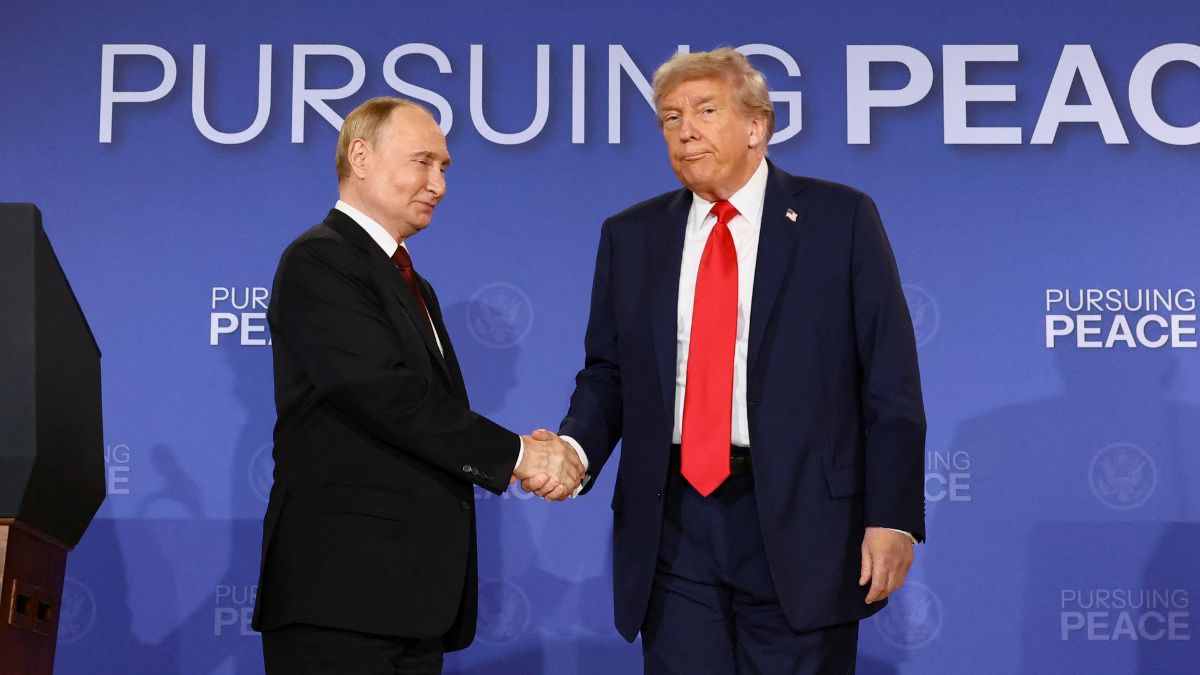

Recent developments suggest that the additional 25% tariffs threatened on Indian goods by the United States may not be implemented, at least not immediately. This comes after a meeting between U.S. President Donald Trump and Russian President Vladimir Putin in Alaska.
Background: Tariffs and India's Response
On August 7, 2025, the U.S. imposed a 25% duty on certain Indian imports. This was followed by an announcement of an additional 25% levy on Indian oil purchases from Russia, potentially raising the total tariff burden on Indian goods to 50%. The second round of duties is scheduled to begin on August 27. The U.S. government has justified these tariffs by citing India's continued imports of Russian oil, which it says undermines U.S. efforts to counter Russia's actions in Ukraine. According to a White House fact sheet, India's oil importation from Russia poses a threat to U.S. national security and foreign policy. It also stated that India's reselling of this oil on the open market enables Russia to fund its aggression.
New Delhi has strongly criticized the tariff hike, calling it "unfair, unjustified and unreasonable". The Ministry of External Affairs (MEA) has stressed that India's energy imports are linked to national security and that European countries continue to import Russian oil at much higher levels. The MEA has also stated that India will take all necessary measures to safeguard its national interests and economic security.
Trump's Hint and the Putin Meeting
President Trump has hinted that the U.S. may not proceed with the additional secondary tariffs on countries that continue to buy Russian crude oil. This could be a relief for India, which had been concerned about potential penalties from Washington. Trump stated that Russia had lost India as an oil client, and imposing secondary sanctions or tariffs would be devastating for Russia. He added that if he had to impose such measures, he would, but maybe it won't be necessary. These comments followed "productive" talks with Putin in Alaska, though the meeting concluded without any agreement on ending the conflict in Ukraine. Trump told Fox News that he might have to consider the tariffs in two or three weeks but not immediately.
Possible Scenarios and Implications
Several factors could be influencing Trump's stance. The meeting with Putin may have led to a reassessment of the situation. U.S. Treasury Secretary Scott Bessent had previously indicated that secondary sanctions on India could increase if the meeting between Trump and Putin did not go well. Trump's administration may be giving India some leeway, as Washington initially seemed willing to overlook New Delhi's purchase of discounted Russian crude. It's important to note that despite the potential reprieve on additional tariffs, India is already facing a 25% duty on Indian imports that took effect on August 7. Moreover, the possibility of additional tariffs has not been entirely ruled out, as Trump mentioned he might consider them in the near future.
Wider Implications
The U.S. decision on tariffs could have broader implications for international relations. Some analysts believe that Trump's tariffs are the outcome of unsuccessful trade talks between India and the U.S. About a third of Indian exports to the U.S. are exempt from the additional tariffs, including pharmaceuticals, electronics, and petroleum products. However, the tariffs could harm the overall competitiveness of Indian exports, especially textiles, gems, and jewelry. Some experts say that US partners in Asia, such as India, might consider their own shifts in response to Trump's moves.